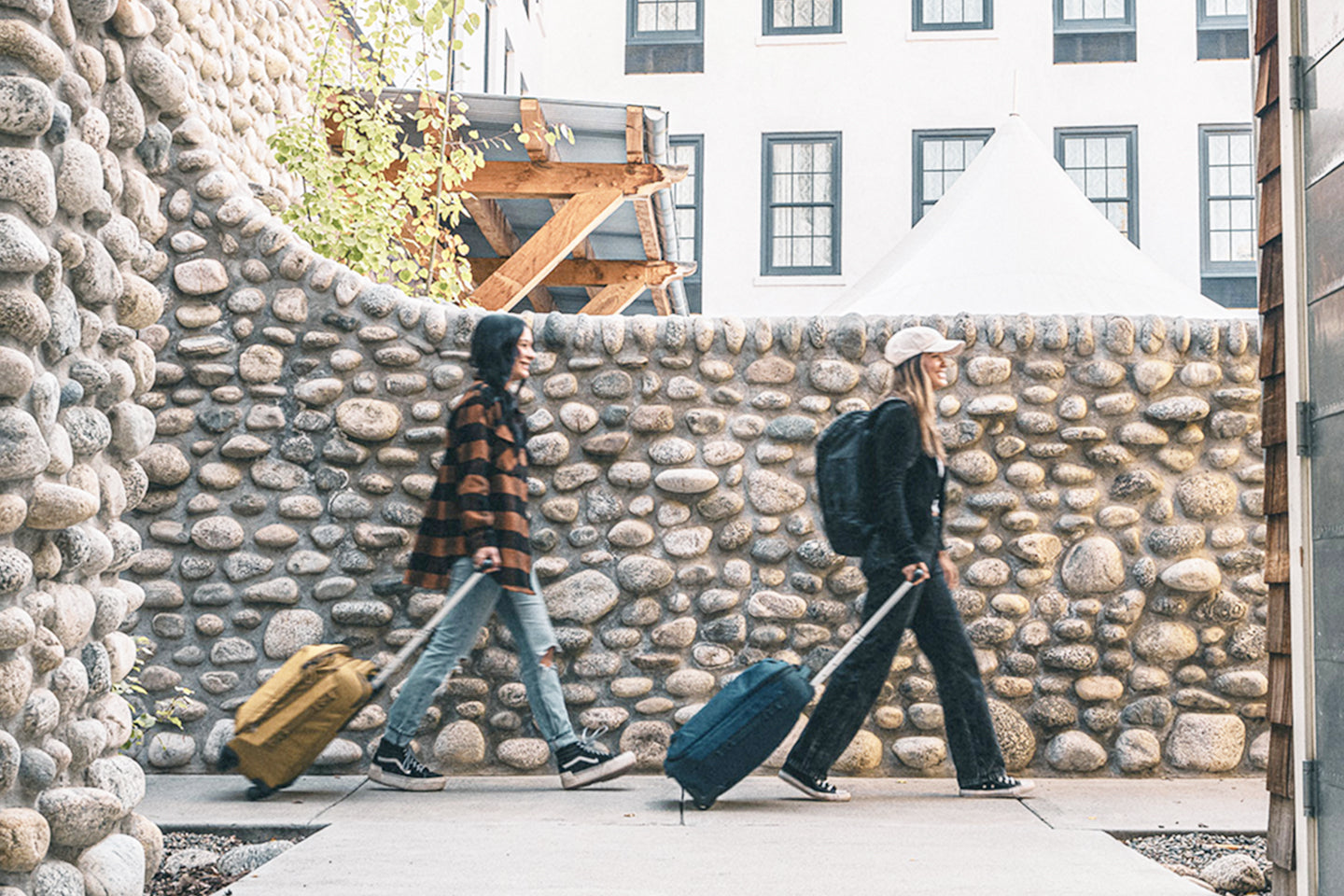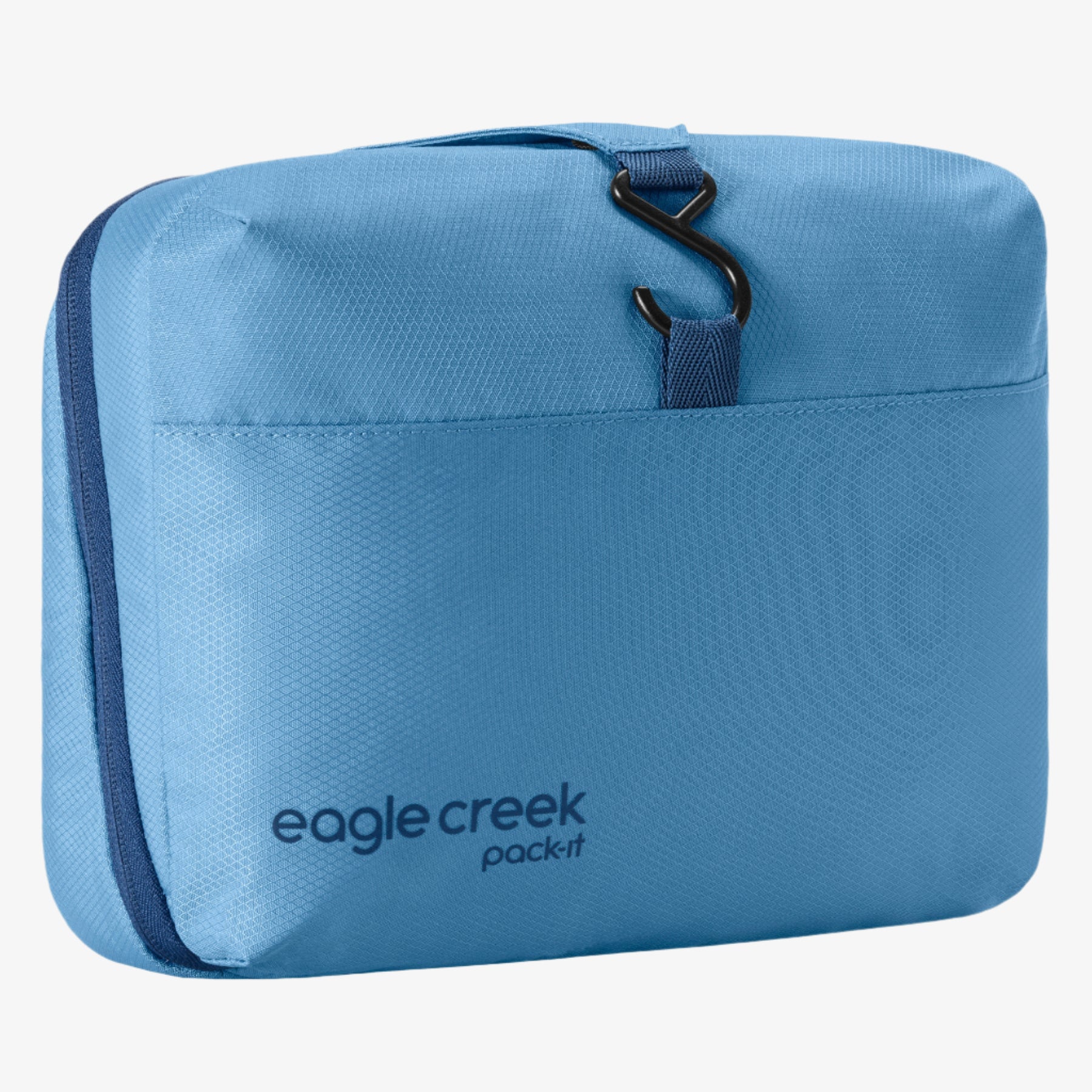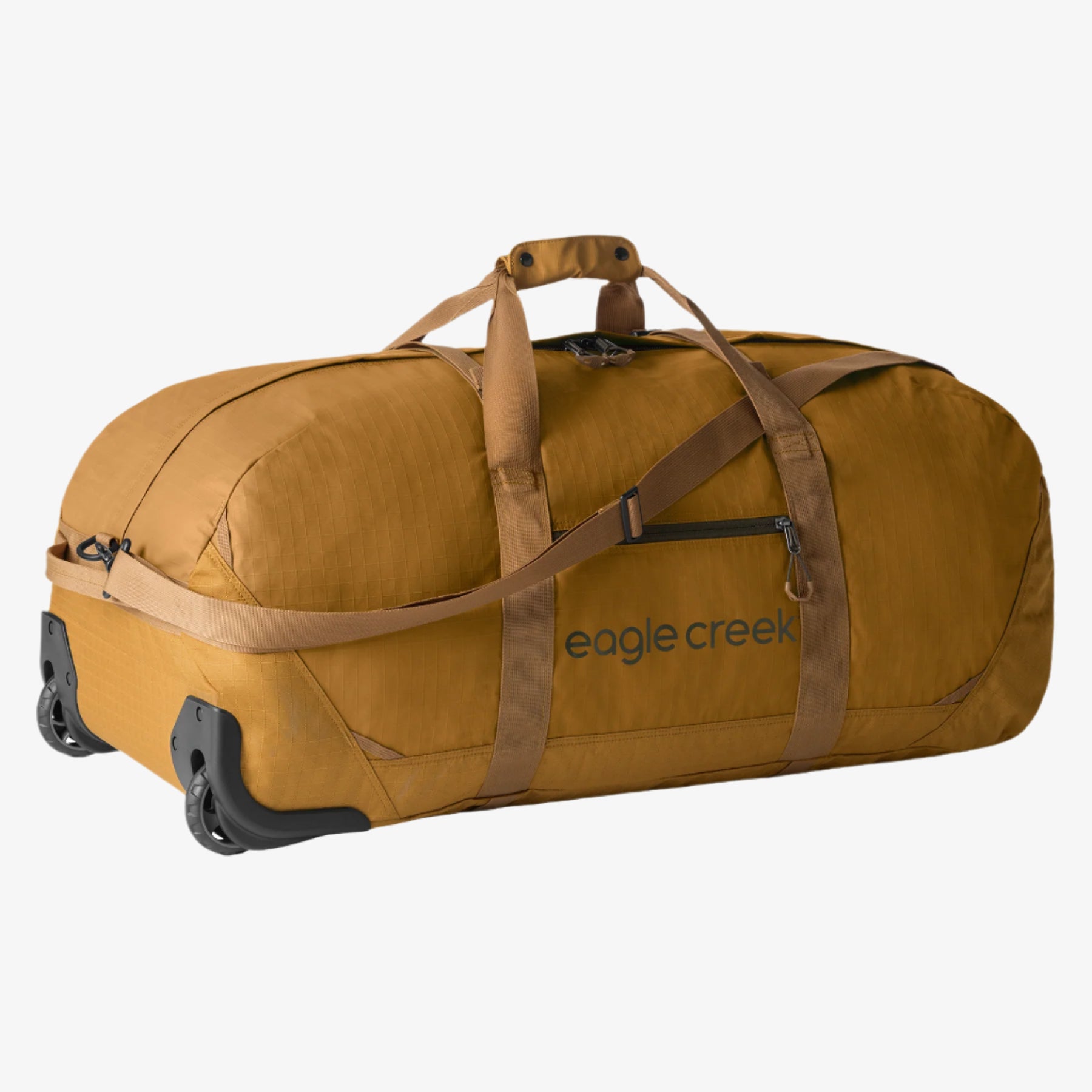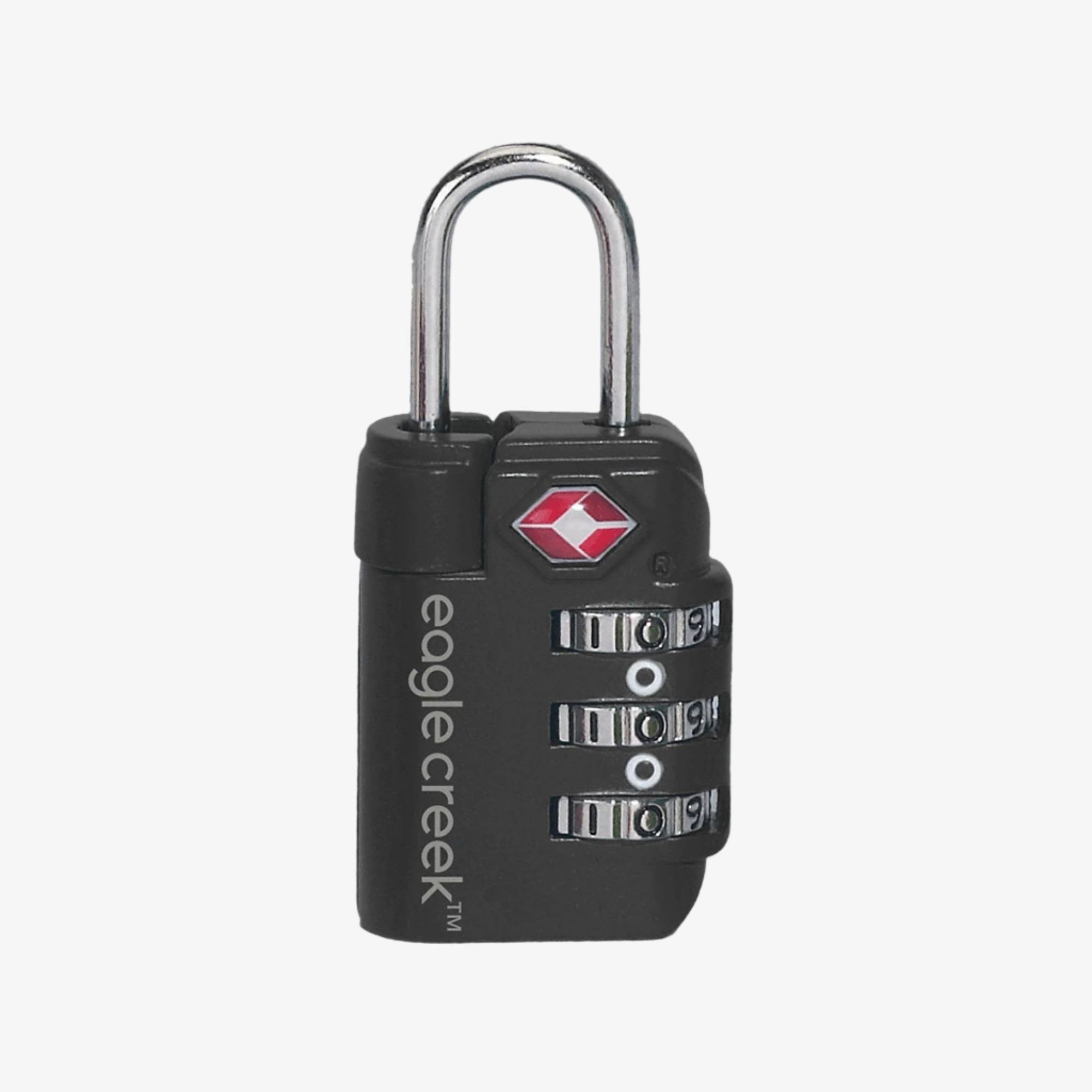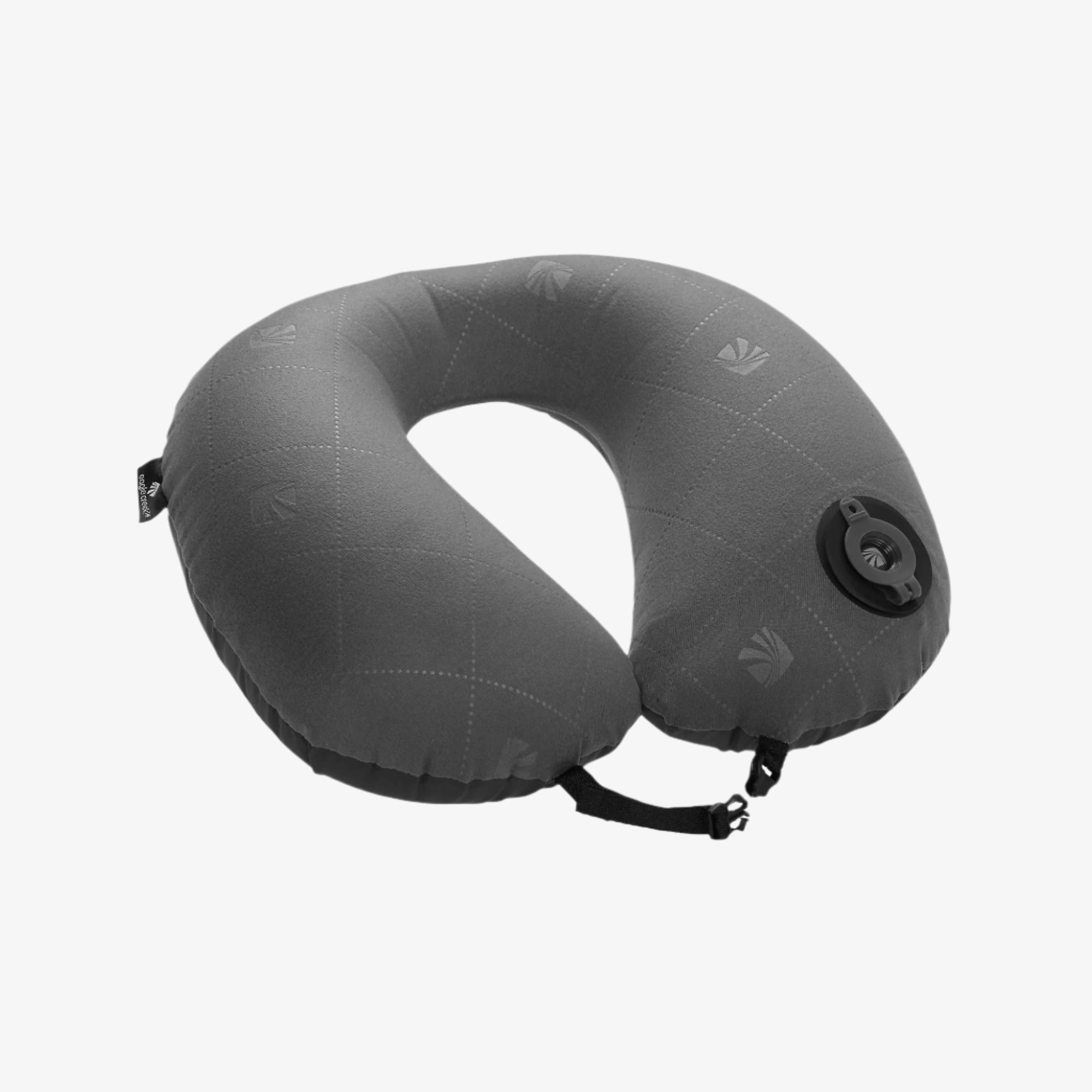Climbing Kilimanjaro: How to Plan and What to Pack

IS KILIMANJARO ON YOUR BUCKET LIST? IF SO, YOU ARE NOT ALONE. BEFORE YOU TAKE ON THIS EPIC CHALLENGE, FIND OUT WHAT TO PACK AND HOW TO PLAN FOR THIS ONCE-IN-A-LIFETIME ADVENTURE.
Climbing Mount Kilimanjaro, one of the seven toughest summits in the world, is a dream adventure for many, as it was for me. While it certainty wasn’t an easy feat to trek 19,431 feet (5,923 meters) to Africa’s highest peak, I can say that my journey's challenges were outweighed by its rewards—I was lucky to reach the summit moments before sunrise with a full moon still hovering in the sky, an experience I’ll never forget. Reaching the top of tallest freestanding mountain in the world is a once-in-a-lifetime trip, so there is a lot to think about before you go. Make sure you read through this information below, so you know what to pack and how to plan!
When to Go:
The best time to climb Kilimanjaro is during the two dry seasons: January to mid-March and June to October. Not only will it be more uncomfortable to trek during the rainy seasons, but with low visibility, you’ll miss out on the incredible views.
When to Book:
Park authorities make it mandatory for all trekkers to arrange their trek with a licensed agency, and trekkers must be accompanied by a guide. Your success in summiting greatly relies on the support of your tour company, so make sure that you do your research beforehand and book at least several months ahead so you will have adequate time to plan and train and maybe even get to know your fellow climbers.
How to Train:
While it’s true that you don’t need to be an Ironman to summit Kilimanjaro, you should be in the best shape that you can be for this climb. So make sure that you do regular cardio and weight training activities in the months before the climb. Most importantly, break in your hiking boots well before your climb and get in as many hikes as you can while carrying your daypack so you can get used to the weight of it. No matter where you live, you can always lace up your hiking boots and hit up a stair climber or treadmill at the gym.
What to Pack:
Clothes
- Breathable, waterproof shell
- Down jacket: Wear it alone or layer it under your shell.
- Fleece Jacket and/or vest: The weather varies a lot on Kilimanjaro, so have a few different options for warmth layers.
- One to two thermal base layers
- Breathable, waterproof pants
- Quick-drying underwear
- Lightweight, moisture-wicking t-shirts/long-sleeve shirts
- Hiking pants: The kind that zip off into shorts are ideal.
Shoes & Socks
- Hiking Boots: Get them at least a half size larger than your normal shoe size if you want to save your toenails on the descent.
- Camp Shoes: I didn’t bring these and I wish I did! Most of my fellow climbers lightweight shoes that were easy to throw on walking around camp in the evening.
- Hiking Socks: Pack a variety of weights for changing weather conditions, from super heavyweight to medium-weight socks. The brand Smartwool carries great hiking socks.
- Wool sock liners: These help prevent blisters.
- Camp socks: Choose something warm and comfy to put on after a long day of hiking.
Accessories
- Sun hat: The sun is super strong on Kilimanjaro, so don’t forget to bring a baseball cap, visor, etc.
- Warm hat: You’ll live in your fleece-lined hat that covers your ears.
- Polarized sunglasses
- Gloves: Pack three pairs—medium weight, liners, and extra-warm thermal gloves for summit night.
- Bandana or Buff: It will be very dusty at times on the mountain.
- Sweat rag: Keep this handy so you can wipe yourself off during the hike.
Gear
- Large water-resistant duffle: The No Matter What Duffle Medium was the perfect size for my climb.
- Pack-It Specter Cube Set: To organize all of your gear and clothes. These things are game changers.
- Daypack: Make sure it is compatible with a water bladder and hose. Something around 28 to 30 liters will be the perfect size for carrying your water, snacks camera, and extra layers.
- Headlamp and extra batteries
- Gaiters
- Trekking poles: You can usually rent these from your tour company so you don’t have to travel with them.
- Water Bladder with insulated hose: If it’s not insulated, your hose will freeze on summit night and you won’t be able to drink your water!
- One-liter water bottle: Nalgene is a good brand to buy.
Toiletries Not to Forget
- Wet-Wipes: Bring lots, because these will help you keep clean and comfortable during long, hot dusty days.
- Sunscreen: Pack more than you think you’ll need. You’ll be so close to the equator and outside all day, so it will go fast.
- Lip balm with SPF
- Small, quick-drying towel: While there are no showers on the mountain, you’ll still want a towel for washing your face.
Snacks
- Sport Beans: I became quite popular because of these. They taste like jelly beans, but have caffeine, electrolytes, and vitamins, so they're perfect for replenishing your body on the climb.
- Junk Food: Yes, that’s right. I’m recommending candy, chocolate, Cheez-its, and the like. They are high in calories, and when you lose your appetite, sometimes the only thing you’ll be able to stomach is junk food. Also, it’s great to pass it out as a treat to the porters and fellow climbers.
Medication
- High-altitude pills: I highly recommend taking these to prevent altitude sickness.
- Ibuprofen, Pepto-Bismol, Imodium
- Anti–Malaria Pills
- Cipro
Extras
- Pack-It Sacs: Sacs are useful for everything, such as keeping electronics clean and dry.
- First-Aid Kit: Don’t forget to bring a lot of Band-Aids and moleskin for doctoring up blistered feet.
- Luggage locks: Always lock up your bags on the mountain since you won’t be carrying them during the day.
- Camera, along with extra memory cards and extra batteries: Keep in mind, iPhones shut down in cold conditions on summit, so it’s recommended to bring another camera.
- Extra phone battery: Mophie’s Powerstation Plus quick-charge external battery was a lifesaver for me to keep my iPhone charged on Kilimanjaro. Many in my group struggled with solar-paneled chargers not working. Passport (and copies)
- Cash for tips for guides and porters
While Eagle Creek is here to provide tips and insights on travel, we cannot accept any responsibility for any potential consequences arising from the use of this information. Always conduct your own research and use your best judgment.
Related Posts
Hiking the Inca Trail: How to Plan and What to Pack






